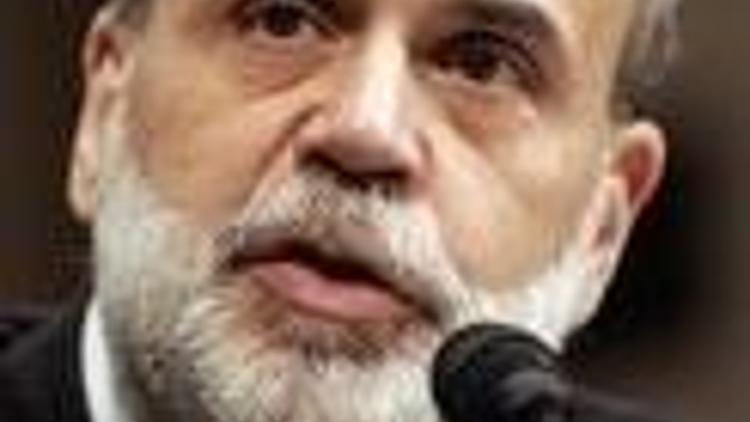U.S. inflation moves up on Bernanke's list of worries
Güncelleme Tarihi:

U.S. Federal Reserve Chairman Ben Bernanke has moved inflation up on his list of worries, suggesting more pointedly than ever that the time for cutting interest rates is over in view of soaring oil and commodity prices and a weakened dollar.
Although the country's economic growth — bruised by housing, credit and financial debacles — is still fragile, Bernanke on Tuesday expressed hope for some improvement in the second half of this year.�
At the same time, he sounded a notably louder warning against inflation threats. To this end, he raised his biggest public concern to date about the slide in the U.S. dollar, saying it has contributed to an "unwelcome rise" in inflation.
The Fed chief's fresh assessment — delivered via satellite to an international monetary conference in Spain — appeared to mark a subtle shift in Bernanke's views about economic risks.
Despite the rising concerns about inflation, Bernanke signaled the Fed is inclined to leave rates where they are. Boosting them could further weaken the economy's delicate state.
However, some analysts said Bernanke might be taking a baby step toward laying the foundation for an eventual rise in rates — possibly later this year or early next year — if inflation were to flash signs of getting dangerously out of hand.
"Bernanke has inflation on the brain," said Richard Yamarone, an economist at Argus Research.
To help brace the economy, the Fed dropped rates in late April to 2 percent, a nearly four-year low, continuing a rate-cutting campaign that started last September. "For now policy seems well positioned to promote moderate growth and price stability over time," Bernanke said.
Many economists believe the Fed will hold rates steady at its next meeting on June 24-25 and probably through much, if not all, of this year. However, some believe that inflation could flare up and force the Fed to begin boosting rates later this year or next year.
The Fed's aggressive rate-cutting campaign has contributed to a lower value of the U.S. dollar. That, in turn, has contributed to increases in the price of imported goods and in consumer prices. "We are attentive to the implications of changes in the value of the dollar for inflation and inflation expectations," Bernanke said, in a relatively rare public discussion of the dollar.
In the first four months of this year, consumer prices have risen at an annual rate of 3 percent. That's down from a 4.1 percent rise — the biggest in 17 years — registered in 2007, but it's still too high for the Fed's taste.
"Inflation has remained high," Bernanke said. "The possibility that commodity prices will continue to rise is an important risk to the inflation forecast," he said.

